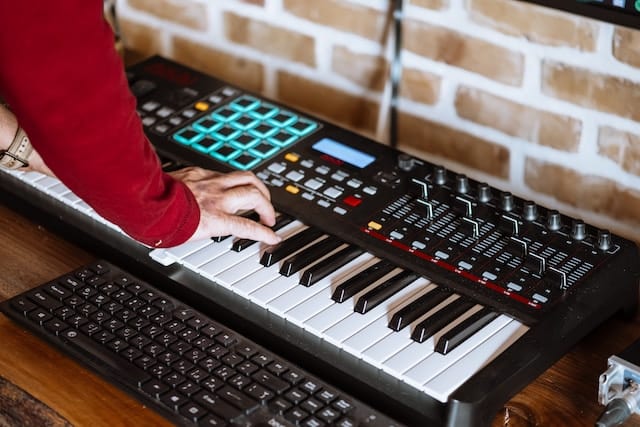Modular vs semi-modular: Is there a difference?
Over the years, it has been confusion regarding the difference between modular and semi-modular. Some people confuse a standalone with semi-modular synthesizers. To make it understandable, we have defined both synthesizers.
A semi-modular synthesizer is designed with a hard-wired signal path, which can get disrupted through patching. On the other hand, fully modular synths require patching. For instance, Moog-Mother-32 is a semi-modular instrument. Wiring with semi-modular synthesizer varies in realty. The Moog Mother-32 has a feature that allows it to get hooked directly into the system.
Semi-modular is experimental, provoking your creativity and giving your imagination a voice. More so, they can be ideal for those learning syntheses.
On the other hand, modular synthesizers are into varieties. The modular systems are etched with cabinets or cases where you can place panels or modules. The other category is the standalone modules, which are equipped with necessary components for massive voice. They can also boost portability.
Whichever modular you choose, it’s often about your personal preference, needs, and budget.
Basic structure
Synths are the most advanced musical instruments you can buy. They might be small but with enormous functionality. In fact, if you can play a synthesizer, then you’re capable of playing any instruments. They have widely advanced since the 1970s.
A synthesizer is an electronic music instrument or keyboard which can create or copy sounds. To synthesize means making something new, probably by combining a myriad of pieces. Then we can describe a synthesizer as an electronic device for creating unique and authentic sounds by piecing the old ones.
When two musical gadgets play the same note, and at the same volume, they will still sound completely different. This is because they don’t produce the same sound waves. The waves have shapes which give a different meaning. Wave shapes differ due to how the instrument pumps energy or how it vibrates.
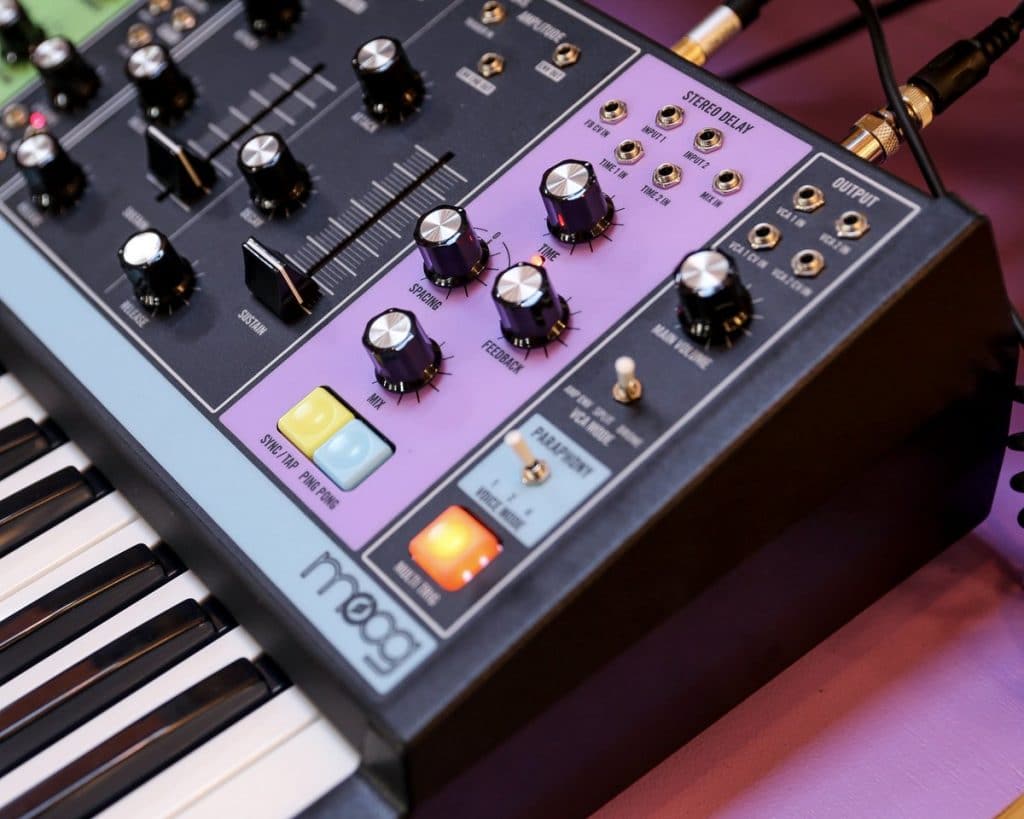 The modular synth features to consider before making a purchase
The modular synth features to consider before making a purchase
Buying a modular synth is a substantial financial investment. Hence, you need to evaluate vital features to walk home with a reliable, durable, and highly functional musical instrument. Below, we have outlined essential elements to consider.
Let’s have a look.
Monophonic or paraphonic?
Paraphonic feature means that the instrument can play several independent sound lines simultaneously. These instruments such as the Behringer Neutron use octave divider technology. On the other hand, monophonic instruments can only produce one note at a time. As a result, monophonic are smaller and cheaper compared to paraphonic.
Connectivity
Due to technology advancement, synthesizers are today designed ready for connection. Most of them are more than authentic-sounding synthesizers. A great instrument can work with iOS applications and on PC and Mac.
A MIDI and USB audio compliant device will allow you to record and playback stereo audio on your iOS device or on your PC. This is great for listening to your mixes and tunes via headphone or speakers.
Some devices are fitted with built-in remote control templates to interact seamlessly with the MIDI interface. For this, recording, editing, playing, and mixing bring an enthralling experience.
Keyboard
Synthesizer keyboards are the most distinctive features in a synth. The keyboard is programmed to generate massive and rich sounds. they make music production an effortless, dynamic experience. The sounds produced can manipulate your liking, including pulse, tone, and velocity.
A keyboard will also give you a tactile piano experience. It’s essential to ensure the keyboard can allow you to handle various passages you’ll record and play.
The more the units a keyboard can accommodate, the higher the sequencing and recording capabilities.
When it comes to choosing a keyboard, trigger pads play a vital role. This is if you want to quick access to samples and notes. Some of these devices incorporate a sampler, meaning you can import any given digitized sound.
Sequencer
A sequencer enables you to program a combination of rhythms, effects, notes, and articulations. By designing your patterns, loops and melodies, you’ll be able to experiment with dynamics and mixing with other musical instruments. Thus, making sequencers ideal for exploring new sounds and expanding your music setup.
However, sequencers come in a variety of forms. Software sequencers offer flexibility in terms of displays and parameters. They often have backlit knobs and buttons but displayed on a screen. Hardware sequencers are presented similarly but arranged in time signature groups of 2, 4, 8, and so on. You connect a sequencer to synth via MIDI, CV, or USB.
Patchbay
A patchbay makes it easy to patch into several points of the synthesizer. In simple terms, it’s a gadget that connects all gears in the recording space. Patchbays are available in varying types and amounts of connections. Normally, a recording studio consists of several rooms, and it would be daunting to operate individual cables. Therefore, by using a wall or snake mounted input panel, the mic lines will be together in a control room, connected directly to the patch bay.
 Power supply
Power supply
Every modular synthesizer requires a stable power supply and distribution. It helps in lowering PSU noises, reduces noise floor, and eliminates crosstalk/bleed. A good power supply also boosts reliability and life. And since there are several power supplies systems, it’s up to you to choose what you need and the hardware required. If you have a medium or large system with the ability for future growth, then you must select good power and distribution.
Prices
Price is a core determinant when it comes to modular synthesizers. Typically, these musical instruments are associated with high prices. Fortunately, there are cheap devices which offer quality functionality. But if you want more useful features, durability, and more flexibility, then spend more bucks. However, ensure you select a device that meets your needs and fit your budget.









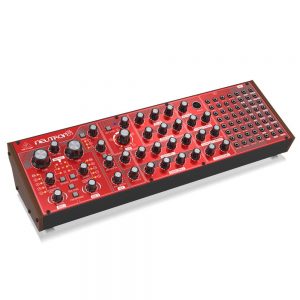
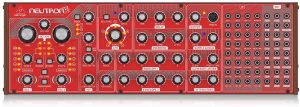


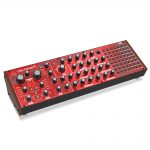

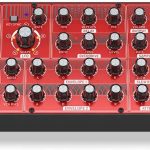
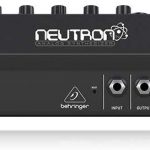
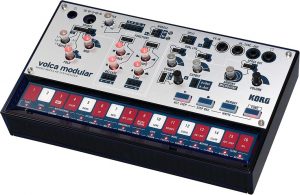

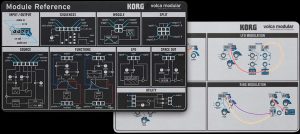
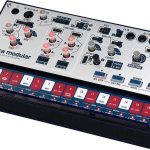
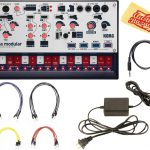

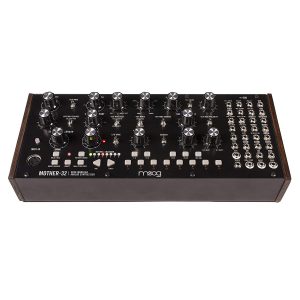
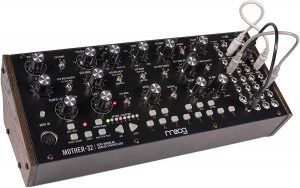
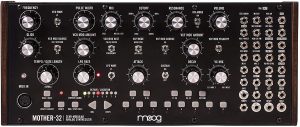
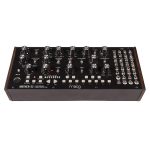
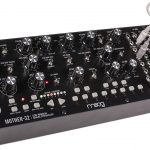
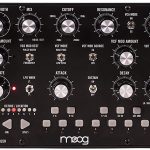
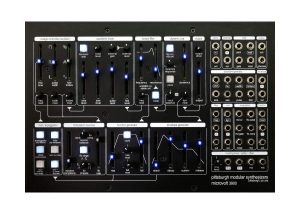

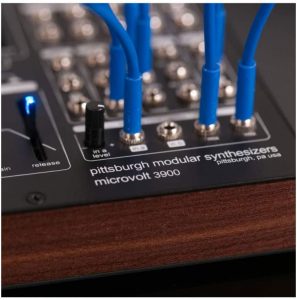
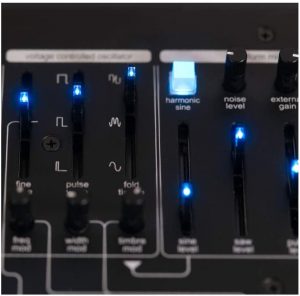
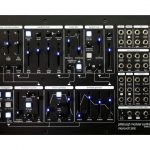
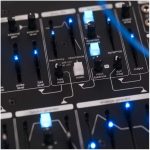
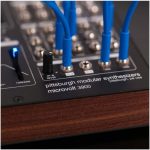
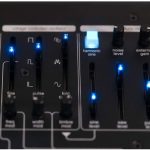
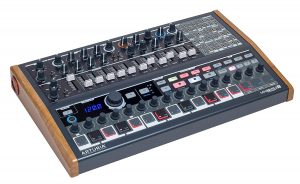
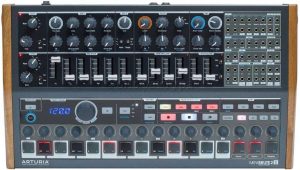

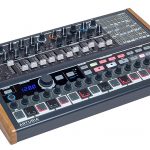
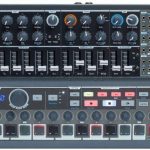
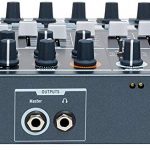
 The modular synth features to consider before making a purchase
The modular synth features to consider before making a purchase Power supply
Power supply







